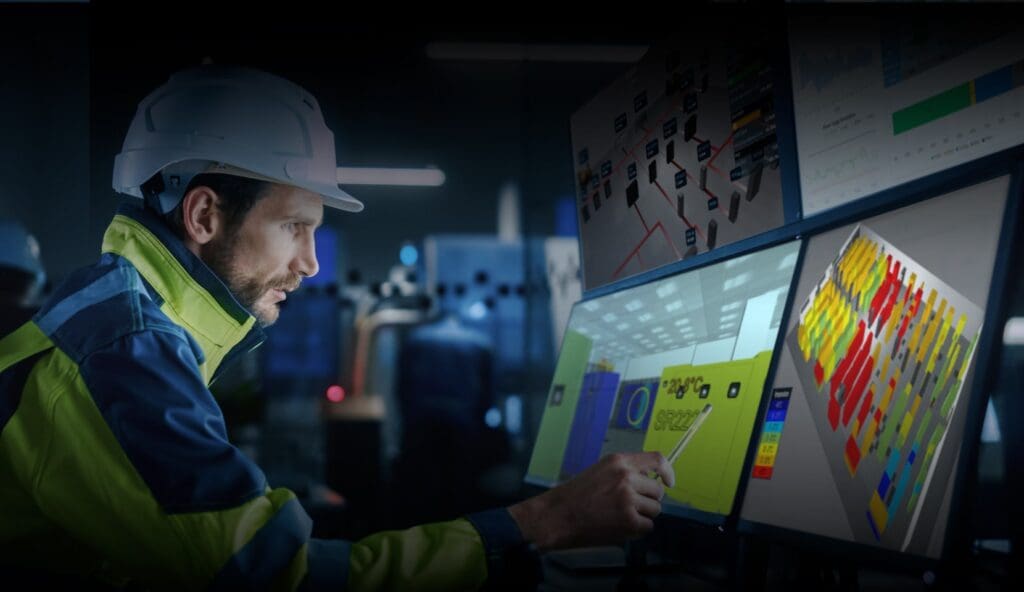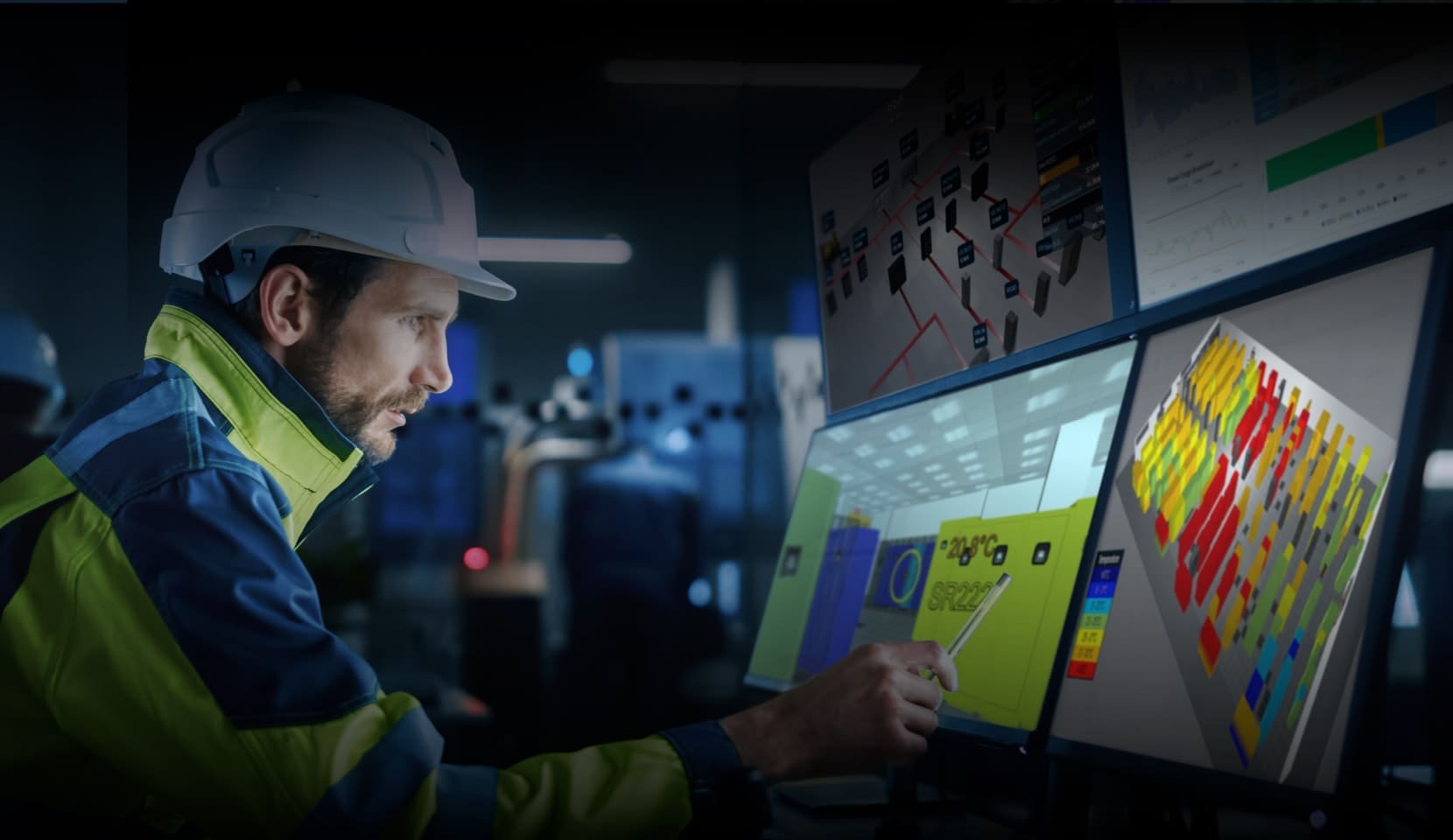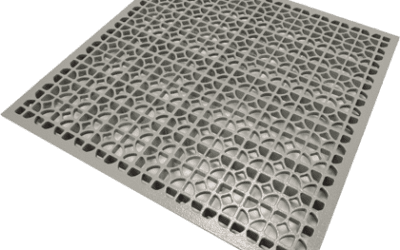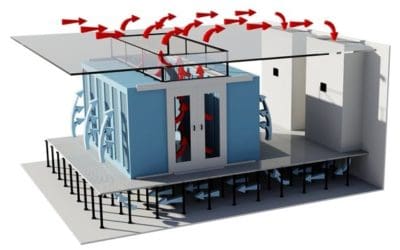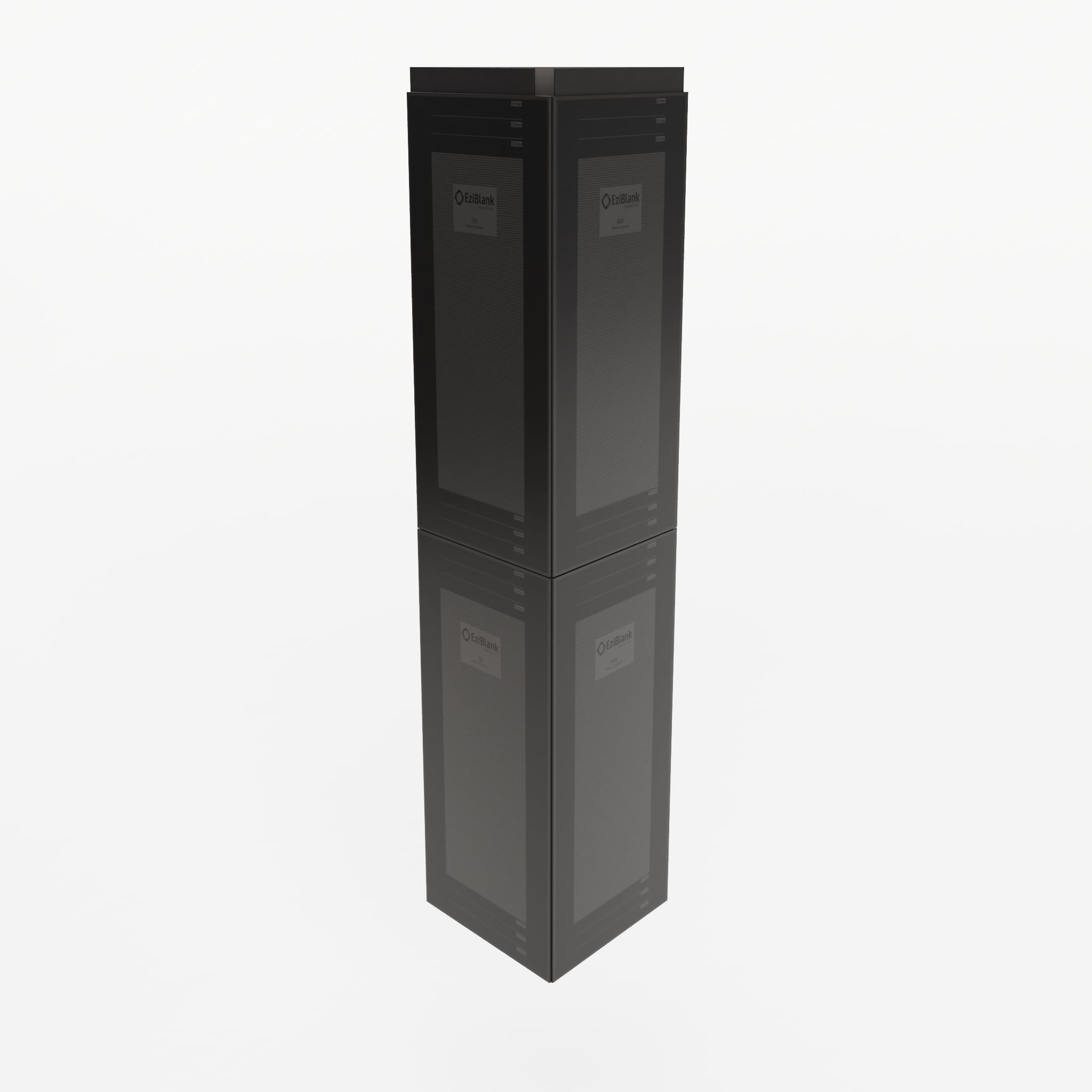As Australian data centres continue to expand in capacity, complexity, and thermal load, traditional data centre cooling systems no longer meet performance or efficiency demands. Artificial intelligence (AI) now plays a important role in reshaping data centre cooling strategies by enabling predictive control, real-time optimisation, and energy savings, all without sacrificing uptime.
For organisations investing in sustainable IT infrastructure, integrating AI with proven airflow management solutions like those offered by EziBlank ensures optimal performance in the face of evolving workloads.
Why Traditional Cooling Strategies Are No Longer Enough
Legacy data centre cooling designs rely on static parameters, such as fixed CRAC (Computer Room Air Conditioner) setpoints, pre-defined airflow routes, and manual temperature monitoring. These methods are reactive, inefficient, and unable to cope with the rising thermal density caused by AI processors, high-performance computing (HPC), and GPU-intensive applications.
With server densities increasing across Australian hyperscale and enterprise facilities, inefficiencies like recirculated hot air, uneven airflow zones, and excessive fan speeds escalate operational expenses. These thermal inefficiencies contribute to poor Power Usage Effectiveness (PUE), higher carbon emissions, and hardware degradation.
Cooling systems waste significant energy by overcompensating for thermal anomalies they were never designed to detect in real time.
What AI-Driven Cooling Means for Modern Data Centres
AI data centre cooling solutions differ fundamentally from traditional approaches. By integrating sensor networks, machine learning models, and digital twins, AI creates intelligent cooling ecosystems that adapt in real time to fluctuating thermal demands.
Rather than responding to temperature spikes after they occur, AI systems analyse incoming environmental data, rack inlet temperature, humidity, air velocity, power usage and predict thermal loads before they manifest. These systems then adjust airflow direction, fan speeds, and CRAC output autonomously.
This level of real-time precision enables:
- Stable inlet temperatures even under variable compute loads
- Dynamic zoning of hot and cold aisles based on sensor data
- Reduction in overcooling, which wastes both energy and operational resources
Core Technologies Powering AI-Enhanced Cooling
AI-enhanced data centre cooling systems draw data from multiple layers of infrastructure. At the core of these systems are:
- Environmental Sensors – Deployed at rack level, floor tiles, and air handlers, these sensors collect temperature, humidity, and pressure data at fine resolution.
- Digital Twins – These virtual models simulate airflow and heat distribution based on real-time sensor data, enabling predictive control and anomaly detection.
- Predictive Analytics Engines – AI algorithms process historical and live data to generate forecasts, triggering pre-emptive cooling adjustments.
- Integration with CRAC/CRAH Systems – Cooling units respond to AI inputs, adjusting airflow intensity, damper position, or chilled water supply.
Solutions like EkkoSense illustrate this AI-powered ecosystem. Integrated with real-time sensors and advanced analytics, EkkoSense enhances visibility into airflow paths and cooling efficiency.
When paired with hardware-based airflow containment like EziBlank’s blanking panels or directional airflow tiles, the result is a synergistic balance between active intelligence and passive structure.
Benefits of AI Cooling Systems for Australian Data Centres
Australian climate variability, from sub-zero conditions in Victoria to extreme heat in Queensland, requires adaptive cooling systems. AI-driven cooling offers key benefits:
- 30% reduction in cooling energy consumption compared to manual systems
- Enhanced compliance with NABERS and Green Star ratings, central to Australian energy policies
- Improved uptime by maintaining thermal stability across all equipment zones
- Proactive fault detection, reducing hardware failure risks
Moreover, AI systems enable granular cooling capacity planning for new deployments, avoiding unnecessary infrastructure overbuild and stranded capacity. This is particularly valuable when paired with airflow management solutions like those found in EziBlank’s product suite, which optimise passive airflow at the rack and tile level.
How AI and Airflow Management Work Together
AI does not replace airflow containment. It amplifies its effectiveness. In fact, AI thermal models depend on consistent airflow patterns to make accurate predictions. EziBlank’s engineered products, including the widely adopted 6RU blanking panels, ensure airflow passes through active equipment only, eliminating recirculation.
This containment enables AI to:
- Model predictable airflow zones with low variance
- Detect anomalies more effectively due to standardised flow resistance
- Execute fine-tuned responses like fan RPM reduction or damper adjustments without triggering instability
The collaboration between intelligent software and passive hardware is a closed-loop cooling system, sensors detect, AI computes, and physical components respond. It’s a strategy built not just for data-driven control, but for scalability, reusability, and sustainability.
AI Cooling in a Colocation Facility
Consider a colocation facility in Sydney operating at 80% capacity. Prior to implementing AI cooling, their PUE hovered around 1.85 due to excessive overcooling and unbalanced airflow. Post-retrofit, the facility deployed EziBlank panels to seal unused rack space and installed real-time sensors linked to an AI-driven digital twin system.
Within 90 days:
- PUE dropped to 1.55
- Fan power usage reduced by 26%
- Thermal alarms decreased by 40%
- Monthly cooling costs fell by $12,000 AUD
This improvement was possible not only due to smarter analytics but because the airflow environment, enabled by modular EziBlank containment was predictable, reusable, and designed for AI visibility.
Barriers to Adoption and How to Overcome Them
Despite its benefits, AI data centre cooling adoption faces practical challenges:
- Upfront investment: AI platforms and sensor networks require capital
- Legacy infrastructure: Older facilities may lack integration readiness
- Skill gaps: IT and facility teams may need retraining
To overcome these issues, phased implementation strategies can be employed. Start with airflow containment retrofits, such as brush panels and floor grommets, to reduce waste and standardise the environment. Next, layer in sensors and analytics tools like pMon, gradually building a platform for intelligent automation.
This hybrid approach aligns with EziBlank’s ethos of durability, modularity, and ergonomic design, ensuring customers derive immediate ROI while preparing for future technologies.
Future of AI in Data Centre Cooling (2025–2030 Outlook)
By 2030, AI data centre cooling systems are expected to evolve into self-optimising control loops, requiring minimal human intervention. Future innovations will include:
- Federated learning across distributed data centres
- Automated zoning using robotic airflow barriers
- AI-trained materials that dynamically adjust heat dissipation
- Liquid cooling systems managed by AI flow regulation algorithms
The role of physical infrastructure will remain critical. AI thrives on consistent, high-quality data inputs. Blanking panels, floor tiles, and containment products must remain lightweight, modular, and reusable, hallmarks of EziBlank’s design philosophy.
Why EziBlank Is Positioned for the AI Cooling Revolution
As the demand for smarter cooling accelerates, EziBlank offers complementary solutions that integrate seamlessly into AI-enhanced ecosystems:
- Airflow containment hardware optimised for AI precision
- Lightweight, reusable panels that align with sustainability mandates
- Integration-ready designs that support rapid deployment of sensors and controls
By providing passive infrastructure that maximises the effectiveness of intelligent data centre cooling platforms, EziBlank enables Australian data centres to meet the challenges of high-density, AI-driven computing, without compromising on energy goals, uptime, or environmental responsibility.
Conclusion
AI is not just improving data centre cooling. It is redefining it. But AI alone is not enough. The foundation of any intelligent system must include engineered airflow containment, durable physical components, and a commitment to sustainable infrastructure. EziBlank’s solutions deliver these essentials, ensuring Australian data centres are ready for a smarter, cooler future.
Want to optimise your airflow environment for AI readiness?
Explore EziBlank’s airflow management products or speak to our experts about a tailor-made solution for your facility.
